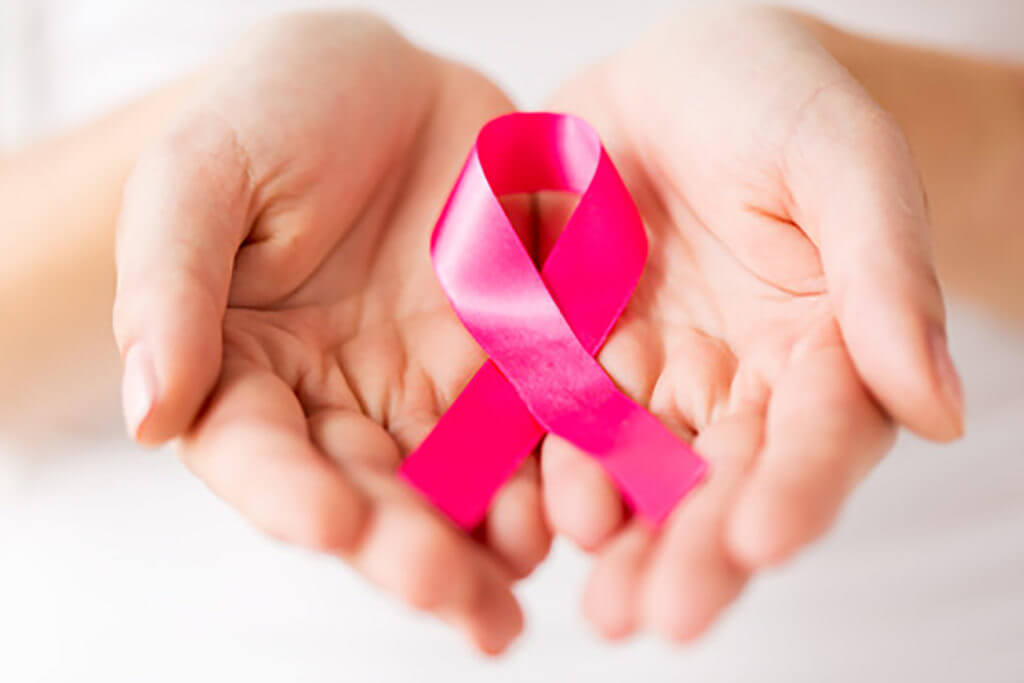October is breast cancer awareness month! Let’s start with a few facts about breast cancer.
- Breast cancer is the most frequently diagnosed cancer in the United States and the second most common cause of cancer death in women.
- Breast cancer is the leading cause of death in the United States in women ages 40-49.
- As a woman, your lifetime risk of developing breast cancer is approximately 1 in 8.
Fortunately, breast cancer survival rates are improved by early detection. This isn’t the case with every type of cancer, but we know that breast cancer screening (usually meaning mammography) saves lives. There is disagreement among experts about what age screening should begin, and how often it should be done. Here is a comparison chart of recommendations from several professional organizations:
One reason that there is controversy over whether to do mammograms before age 50 is that there are many false-positive findings (visible abnormalities that don’t turn out to be cancer). For any abnormal finding on a mammogram, the younger the woman is, the more likely it is to be a false positive, and the older the woman is, the more likely it is to be cancerous. False positives require additional testing and can be a source of anxiety and stress. However, some women do develop breast cancer in their 40s or even younger.

The above recommendations are for women at average risk of breast cancer. Some women are at increased risk based on genetics and family history, and they should consider additional testing or more aggressive screening. In recent years, genetic tests have become available that can identify increased familial risk for breast and ovarian cancer, both of which are affected by genes called BRCA1 and BRCA2. However, it’s important to note that only about 5-10% of breast cancer cases overall are related to one of these genes. Abnormal BRCA genes are more likely to be found in situations such as breast cancer before age 50, breast cancer in males, multiple breast cancers in the same woman, or both breast and ovarian cancer in the same woman or family.
The best way to determine if a family carries one of the BRCA genes is to do genetic testing on an individual who has already been diagnosed with ovarian cancer, or breast cancer before age 50. If a mutation is found, other family members can subsequently be tested. If you are an individual who has not been affected by breast cancer but is concerned about your family history, you are less likely to find that you carry an abnormal gene, but can still be tested if you desire.
BRCA testing can be coordinated through your health care provider, or testing is increasingly available at a low cost to interested individuals, through sites such as color.com. Testing can be as simple as ordering a kit and submitting a saliva sample through the mail. An important part of testing is genetic counseling, which refers to scientific advice about how your specific results relate to your family history and your individual risk. This counseling should be included with any genetic test that you order or purchase.
I hope you find this information useful in developing your personal cancer prevention plan. We encourage you to discuss your plan for screening with your health care provider at a wellness visit, in order to determine a plan that best fits your situation.



